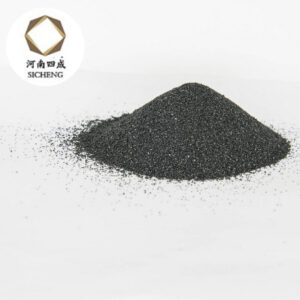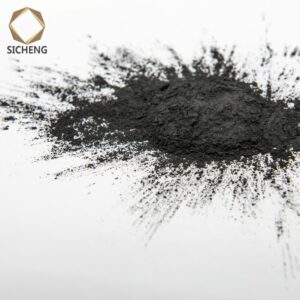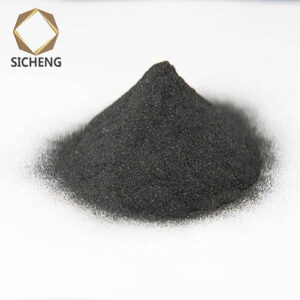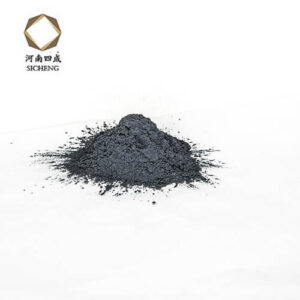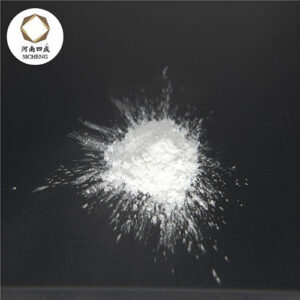White corundum is made of industrial alumina powder as raw material, and high-temperature calcined alumina powder and white corundum are different in processing technology, and the results are also different. So what is the difference between the two?
High temperature calcined alumina powder is made by roasting and processing at 1300-1400 °C in a rotary kiln, which has high temperature resistance and wear resistance, so it is mostly used in refractory materials and ceramic industries. White corundum is made of arc by high temperature smelting above 2000 degrees after cooling, crushing and shaping, magnetic separation and iron removal, screening into a variety of particle sizes, because white corundum crystal dense, high hardness, grain formation of sharp corners, suitable for the manufacture of ceramics, mold abrasives, polishing, sandblasting, etc., can also be used to manufacture refractory materials. It is a very important abrasive.
High-temperature calcined alumina powder is relatively difficult to process and has low processing cost, so it is widely used in the refractory and ceramic industries. Meet customer needs while reducing production costs. The finely produced calcined alumina powder can also be applied to electronic ceramics such as electronic vacuum tube shells, spark plugs, sealing rings, wear-resistant ceramics such as textile machinery, high-temperature materials such as alumina crucibles and porcelain tubes, high-frequency insulating ceramics, LCD substrate glass, etc.

